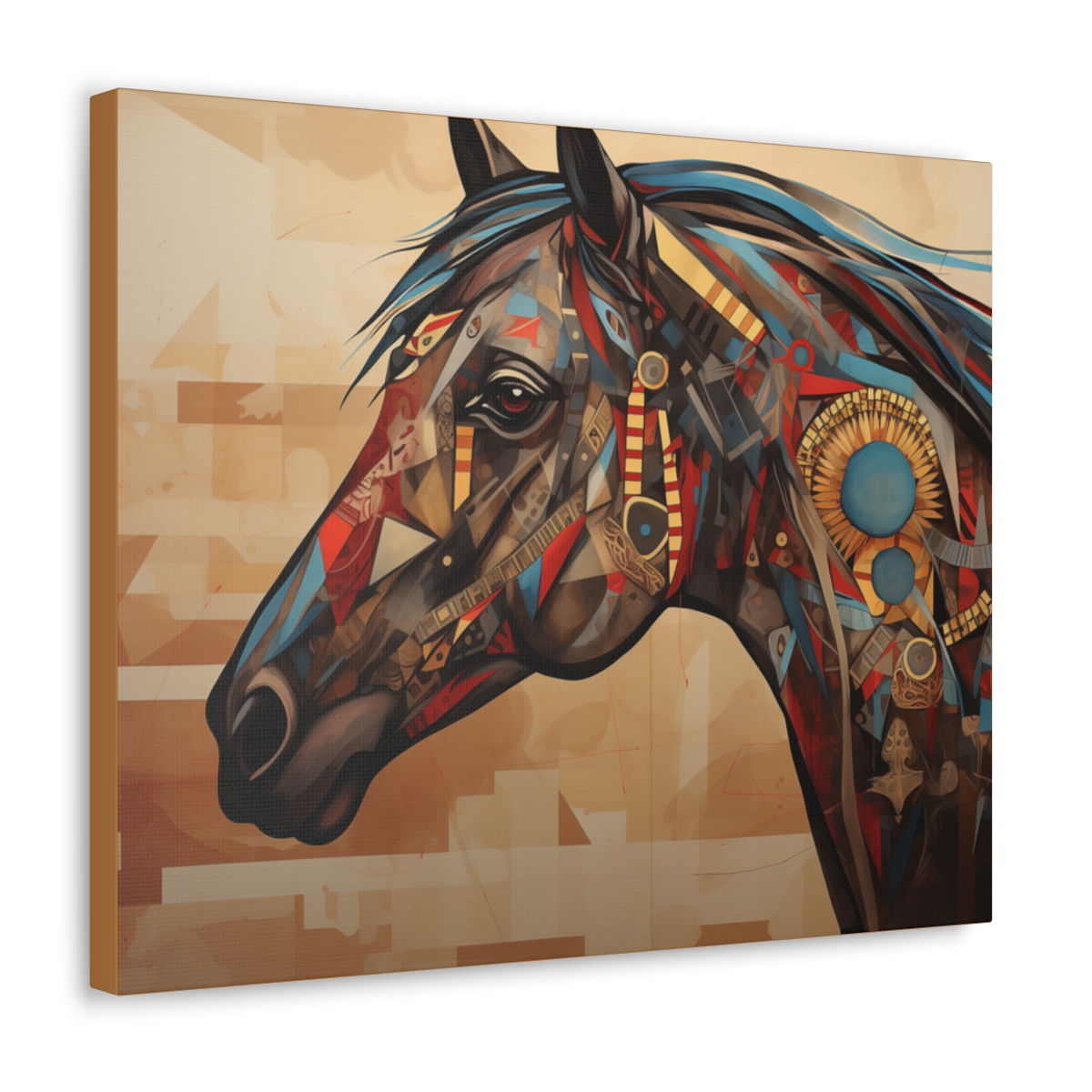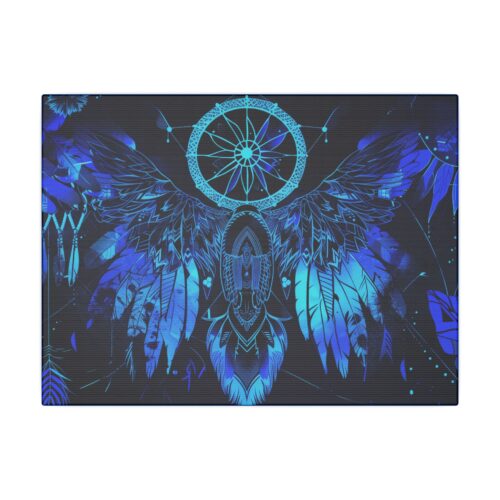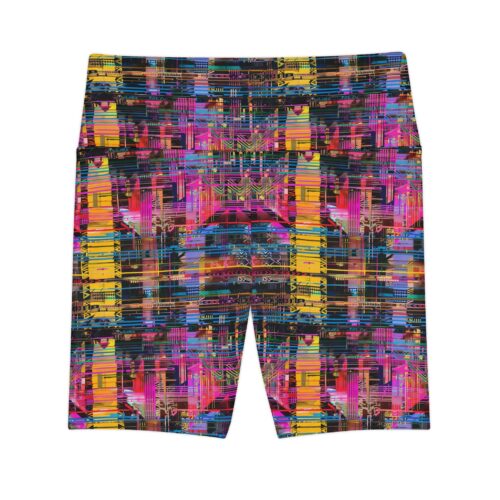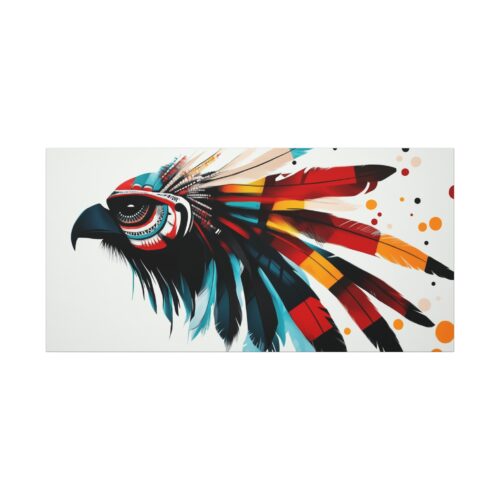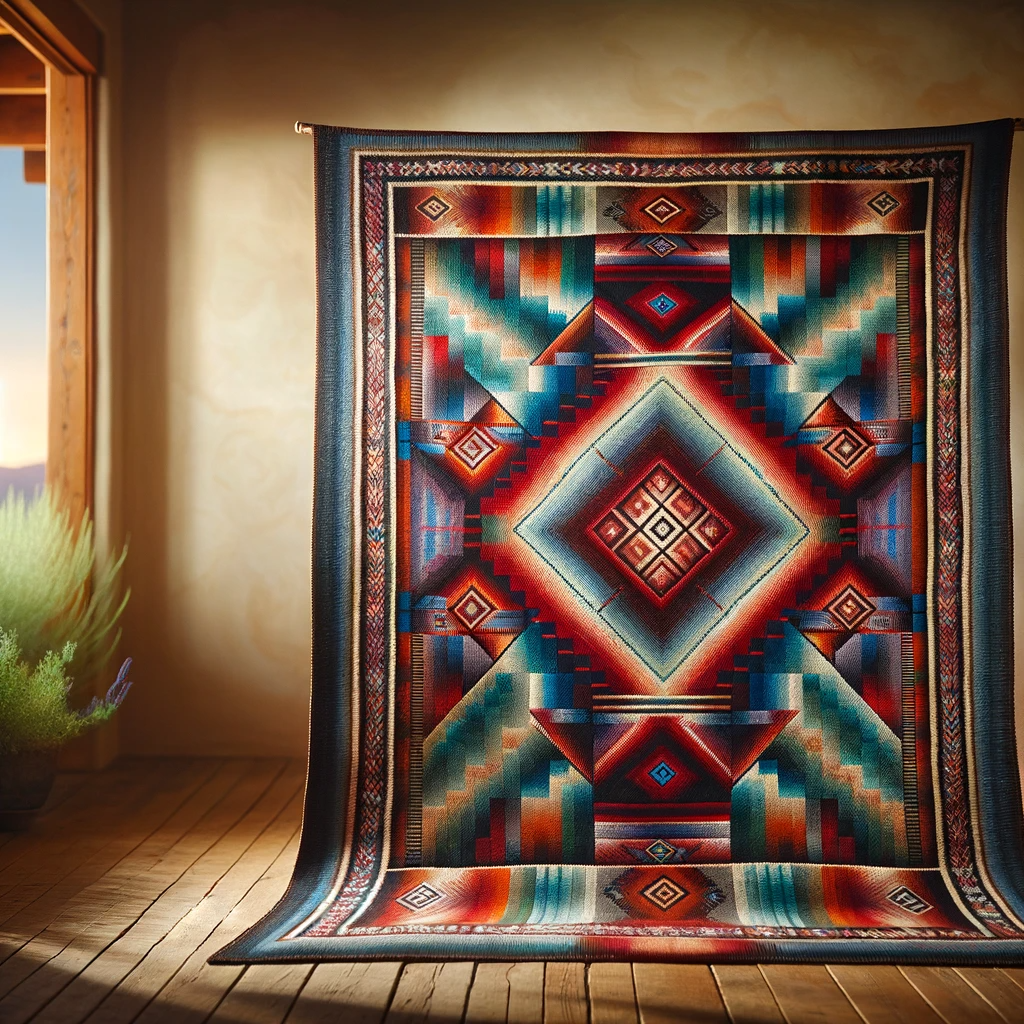
The Navajo Nation holds a revered place in the history of North American indigenous peoples, particularly known for their extraordinary artistry and unique designs.
This blog post delves into the Navajo history and the distinct artistic expressions that have come to define this proud culture.
The Historical Backdrop
The Navajo people, who prefer to call themselves Diné, meaning “The People,” have a rich history that dates back over a thousand years. Originally nomadic, they settled in the Southwest United States. Their history is marked by resilience and adaptability, having endured and thrived through both challenging and prosperous times.
Navajo Weaving: A Craft of Symbolism and Skill
Navajo weaving is one of the most recognized and significant forms of Native American art. Navajo blankets and rugs are known for their intricate designs, vivid colors, and the skill required to create them. Traditionally, these weaves were not just functional items but were imbued with deep cultural and spiritual significance, often telling stories or representing important aspects of Navajo mythology.
Symbols and Patterns in Navajo Design
Navajo designs are rich in symbolism, with each pattern holding specific meanings and stories. Common motifs include representations of natural elements like rain, lightning, and corn, which are central to their culture and spirituality. The use of color in Navajo art is also symbolic, with certain colors representing directions, natural elements, or spiritual concepts.
The Influence of Navajo Art in Modern Times
Navajo designs have transcended beyond their traditional uses and are now seen in various forms of modern art and fashion. Contemporary Navajo artists continue to honor their heritage while experimenting with new mediums and techniques, bringing a modern twist to traditional designs.

STAY IN THE LOOP

